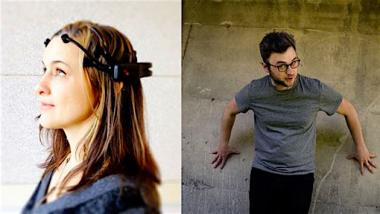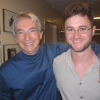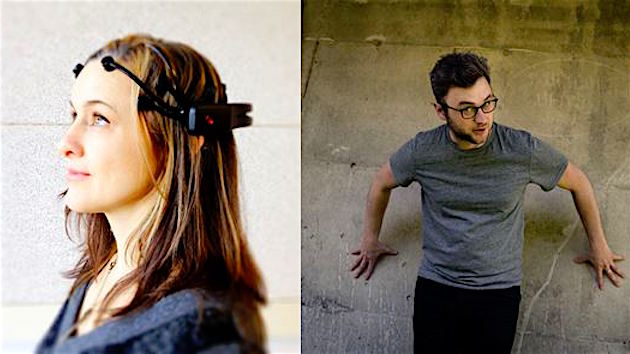
Lots of new projects test run at the Center for New Music, where community is tight-knit and audiences are supportive and curious. On Thursday, cellist Katinka Kleijn (who is in town with the Chicago Symphony Orchestra) and composer/performer Samuel Adams performed a fresh recital of works written or arranged within the last year or so.
With the program to be announced, I had no expectations, except that I probably wouldn’t know the pieces, and maybe not even the composers. It was a good thing. I’m a preparer, so listening sans assumptions felt unusually immediate, and impressions all the more authentic for being untempered by neighbors’ predictions.
And yet, some works were like calling cards. I immediately picked out the piece by David Lang, Little Eye. His repeating tonal figurations would make a great underscore for an independent drama, but, even as nuanced by Kleijn, don’t make particularly interesting use of the cello. In the original version from 1999, accompanying performers play the jangling cymbal brushes and glockenspiel hits live. Might that version be more dynamic than was Adams’s new arrangement, which uses resonating cymbals in place of multiple players?
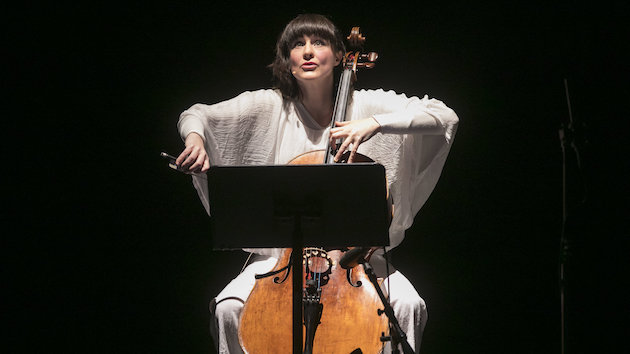
Throughout the night, Kleijn’s technical and artistic prowess was always obvious; of the solo cello recitals within this genre I’ve seen, only Séverine Ballon is comparable. In the work by Pauline Oliveros, it was just as rewarding to watch Adams, who had been performing on electronics, play upright bass.
Like so much of Oliveros’s music, For Two or Three Instruments — the last work she wrote — seems to shine light on human connection in a contemplative way. Facing each other, Kleijn and Adams communicate in gestures that are often imitative, yet exist separately. The effect of flung arpeggios, played in harmonics at the weakest part of the bow, is particularly lovely. Toward the end of the work, elemental Cs drone in the low register, standing as what feels like the foundation for all music.
The program’s most substantial work, Marcos Balter’s Shadows of Listening, pays homage to two late, great composers — yet comes out with its own voice intact. Balter, who lives in Chicago, began writing the work as a memorial to Boulez; when Oliveros died, he was moved to pay her tribute, as well.
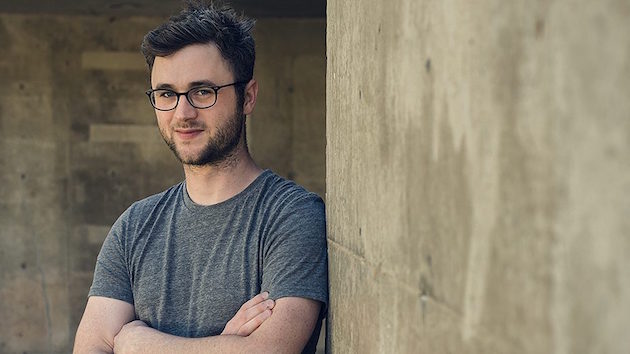
These composers wrote music on opposite ends of the aesthetic spectrum, and Shadows of Listening teems with ideas. Kleijn’s vocalizations play up the theatrical nature of live performance, and reverb and delay subtly augment sparkling multiphonics in an immersive, dreamlike landscape.
Indeed, if the Lang and Oliveros works represent well-trodden ground at this point, Shadows of Listening is more messy and risky and rewarding. It’s dizzying, but well-paced; the end comes at the right time, though the material is certainly fertile enough for a full-length work.
On the other hand, the two remaining works on the program were ideal as miniatures. Lia Kohl’s and mouth and is like the style of children’s theater I imagine a child of Meredith Monk and Gertrude Stein would enjoy (indeed, it’s hard to picture a man performing this piece). Kleijn bleats in different registers to dramatize the stop-motion video, of wind-up toy mouths scuttling after one another. It’s occasionally dumb — a mouth-shaped balloon is the Chekhov’s gun — but often funny and touching.
In a very different vein, Bryan Jacobs’s Ly Full Hood is a music concrète tour de force. Glissando motifs bubbled over in Kleijn’s part, triggering blips of electronic sounds from a coloristic world I didn’t want to leave.

